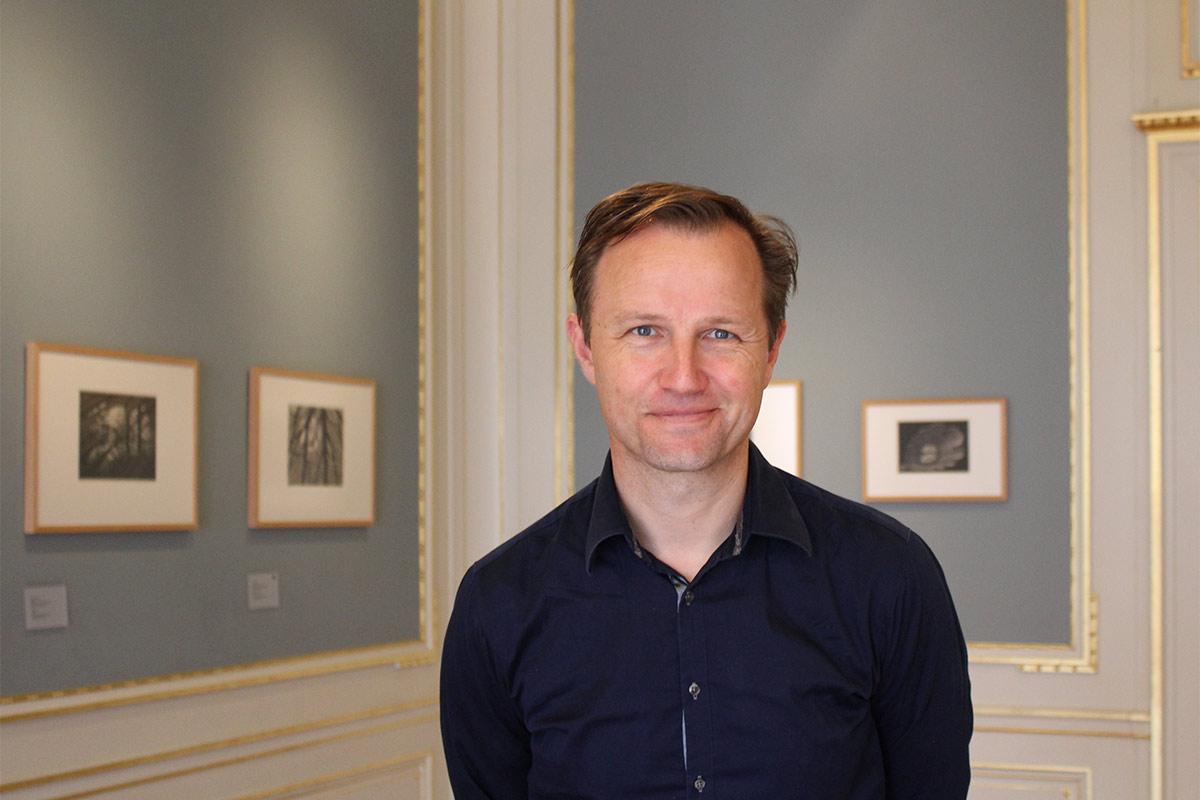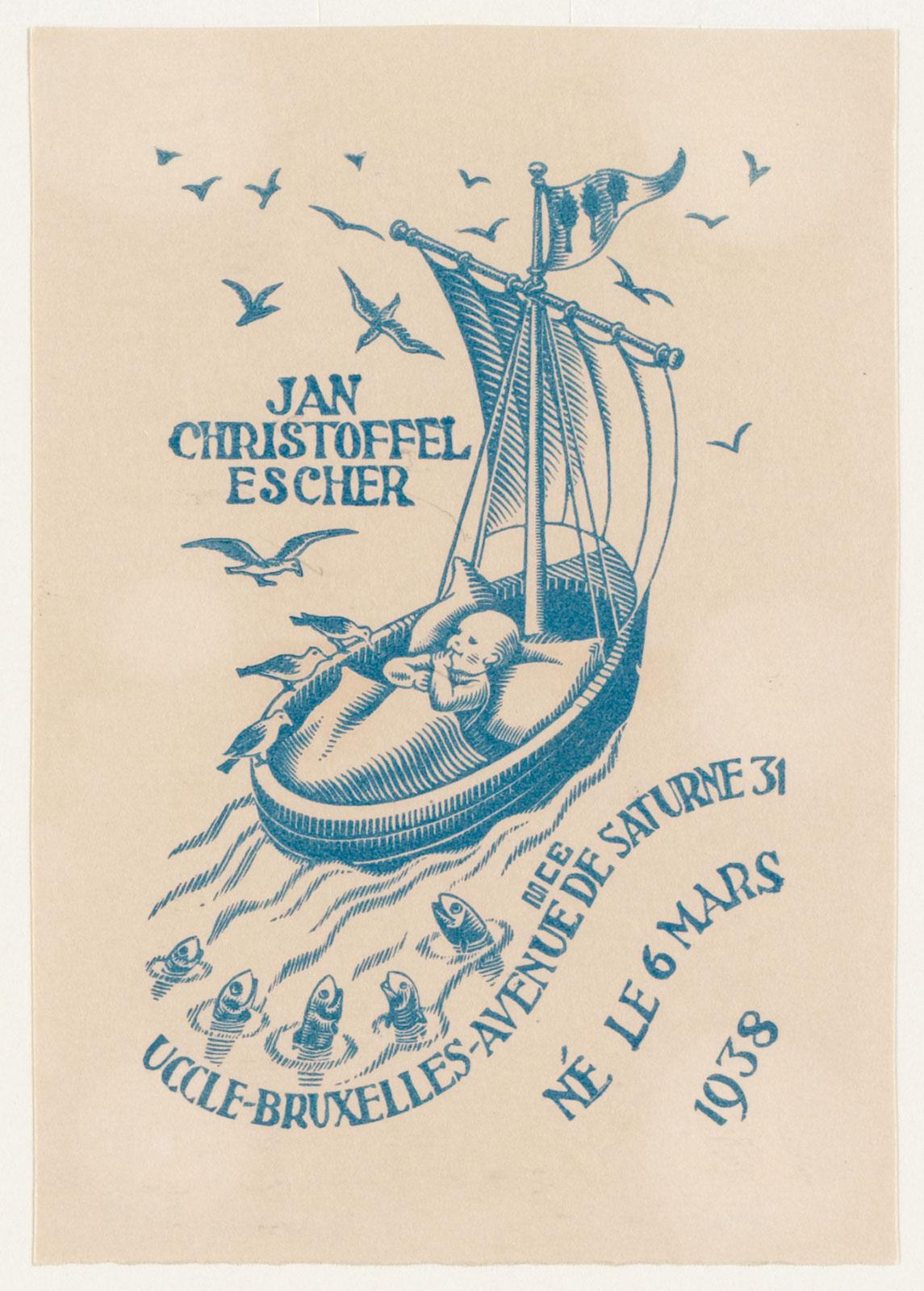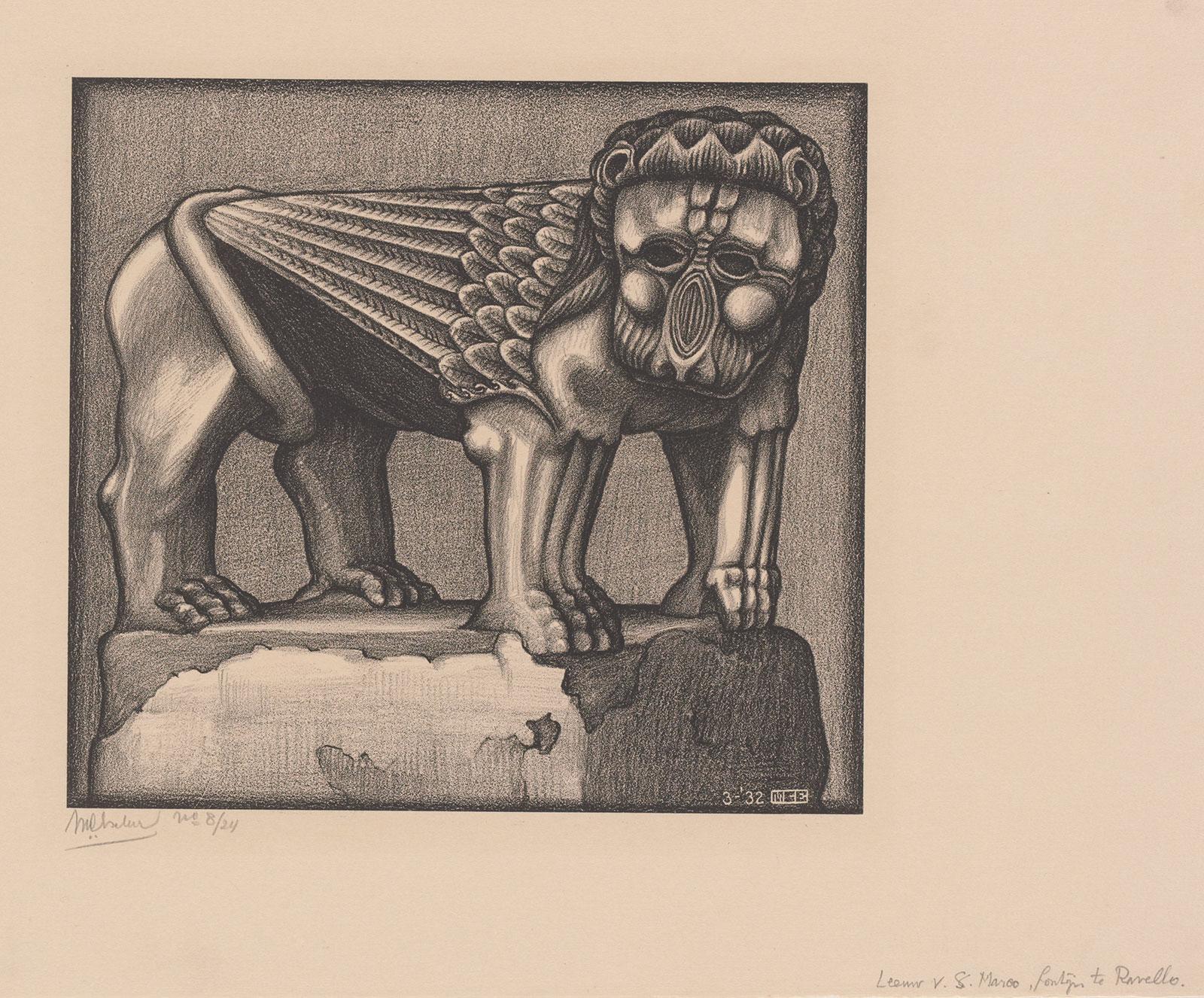
Escher visited Sicily while it was still untouched. In the spring of 1932 he made his first trip to the island, together with his friend and painter Giuseppe Haas-Triverio. The number of places they visited was impressive: the capital Palermo; Corleone; Cefalù, with its famous cathedral; Tindari; Milazzo; the island of Lipari; the beautifully situated town of Taormina; the Etna region; Giarre, with its traces of the volcanic eruption in 1928; Randazzo, with its houses built of dark-coloured lava; Bronte; Cesarò; Roina; Cerami; Nicosia, Sperlinga; Enna; Gangi; Petralia Sottana; Sclafani; Segesta, with its Greek temple; Caltavuturo, the cloister at Monreale and, again, Palermo.* During his trip, Escher produced 23 sketches which he turned into 12 prints in the winter of 1932-1933. Together they give a good impression of the visit to the island that had made such a big impression on him and Haas-Triverio.
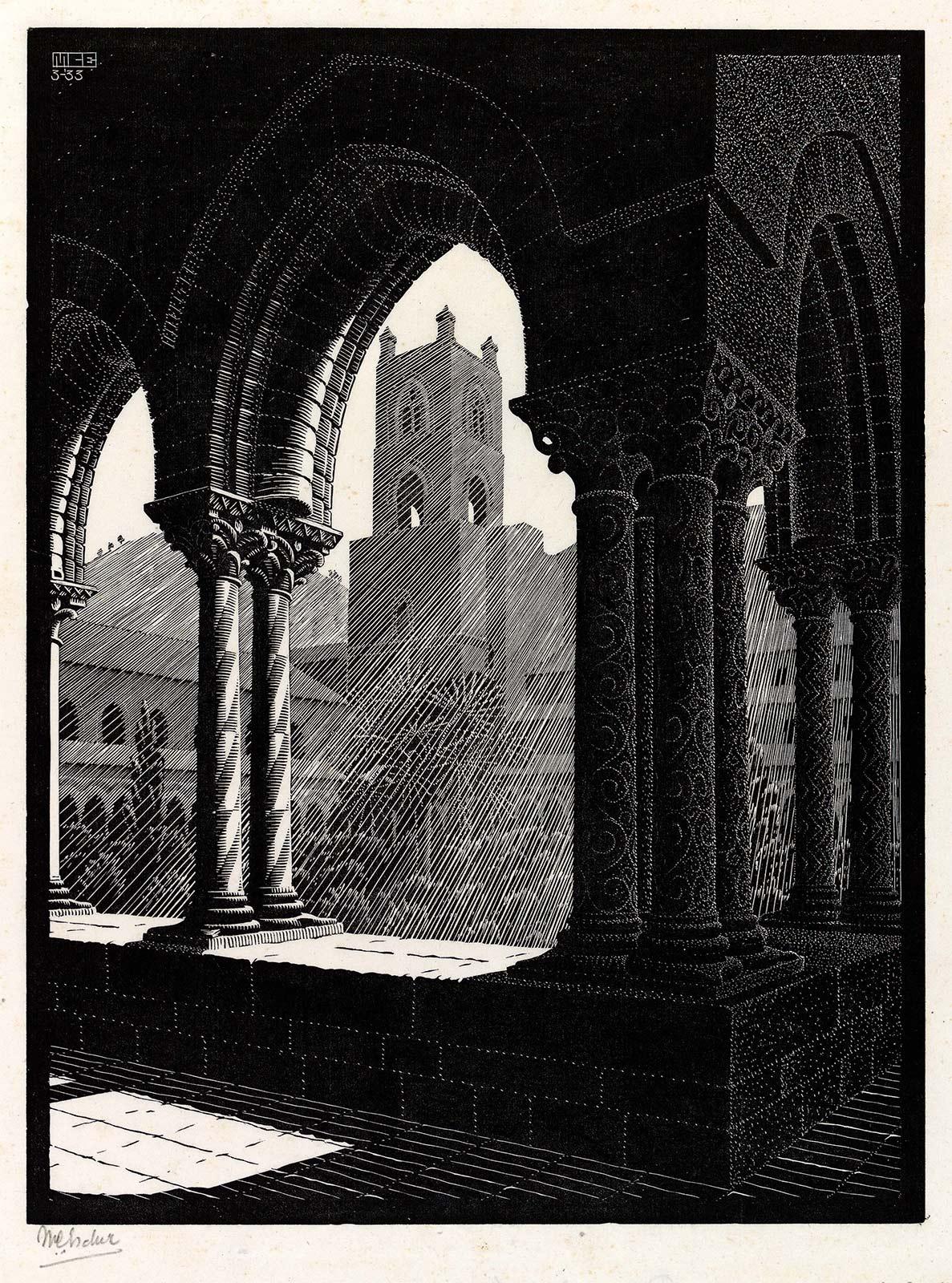
One of the places they visited is the cloister at the cathedral of Monreale. It is considered as one of the most beautiful in Italy. In March 1933 Escher created a wood engraving based on this visit.
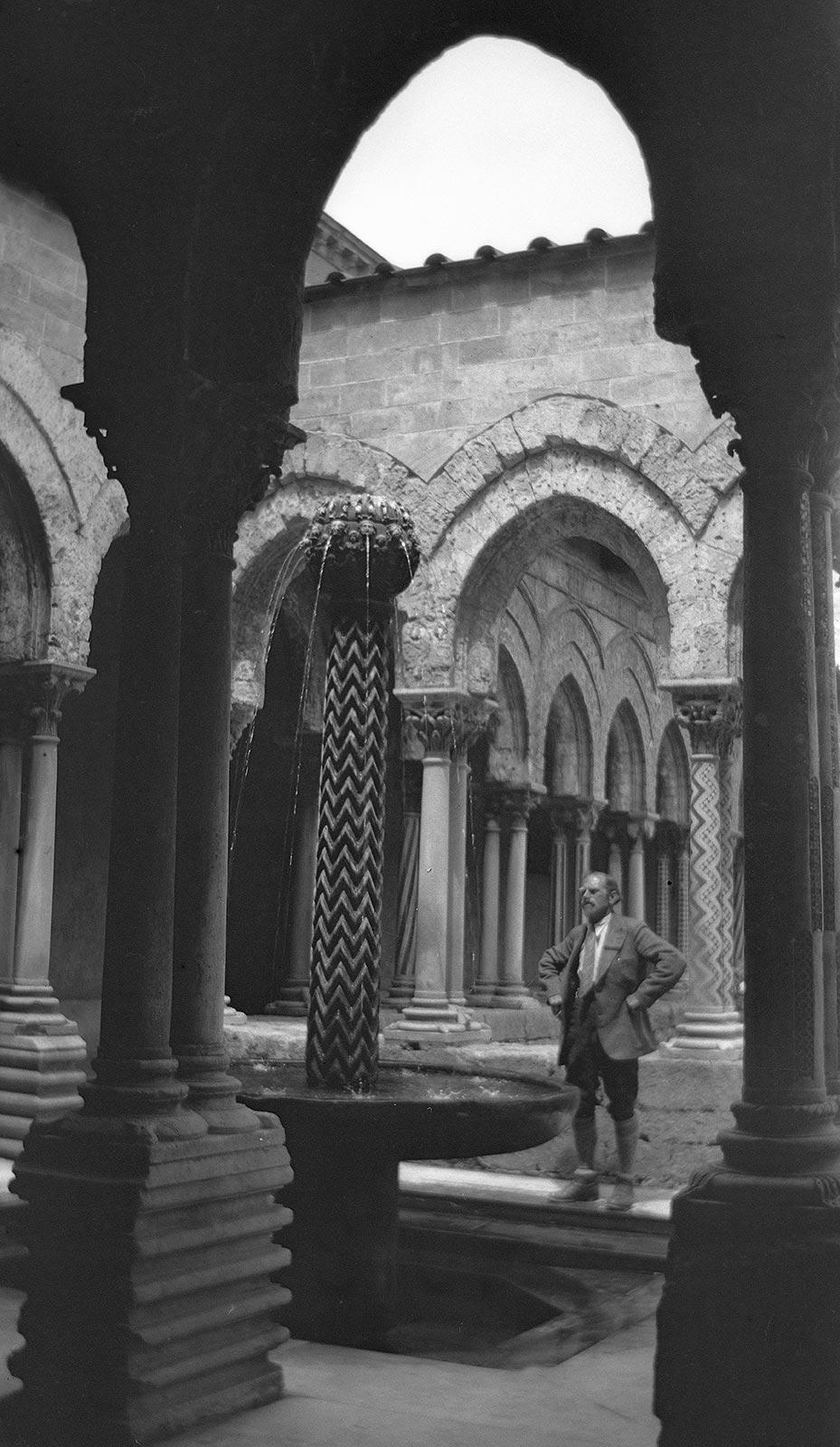
Source
[*] Wim Hazeu, M.C. Escher, Een biografie, Meulenhoff, 1998, page 151
More Escher today

